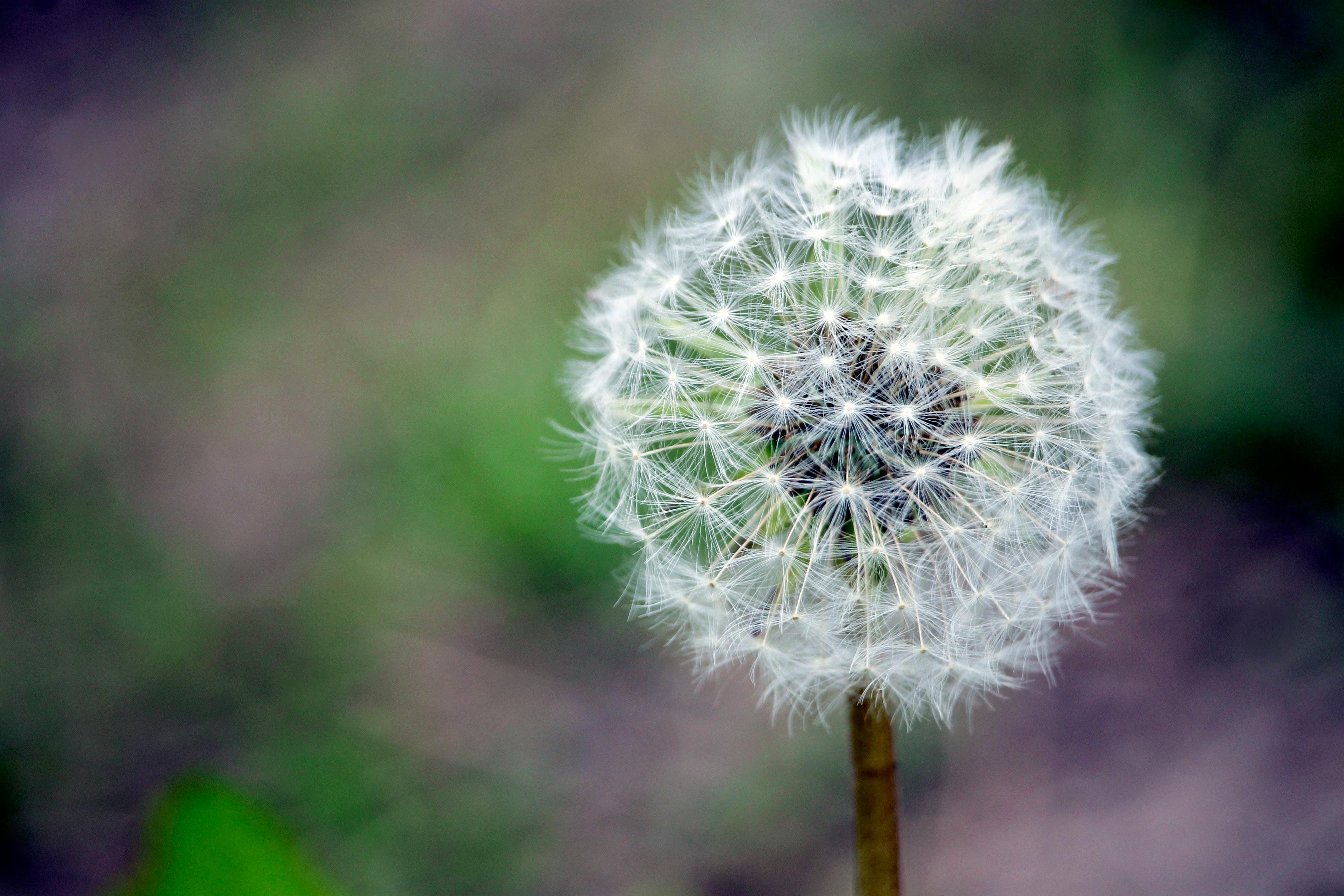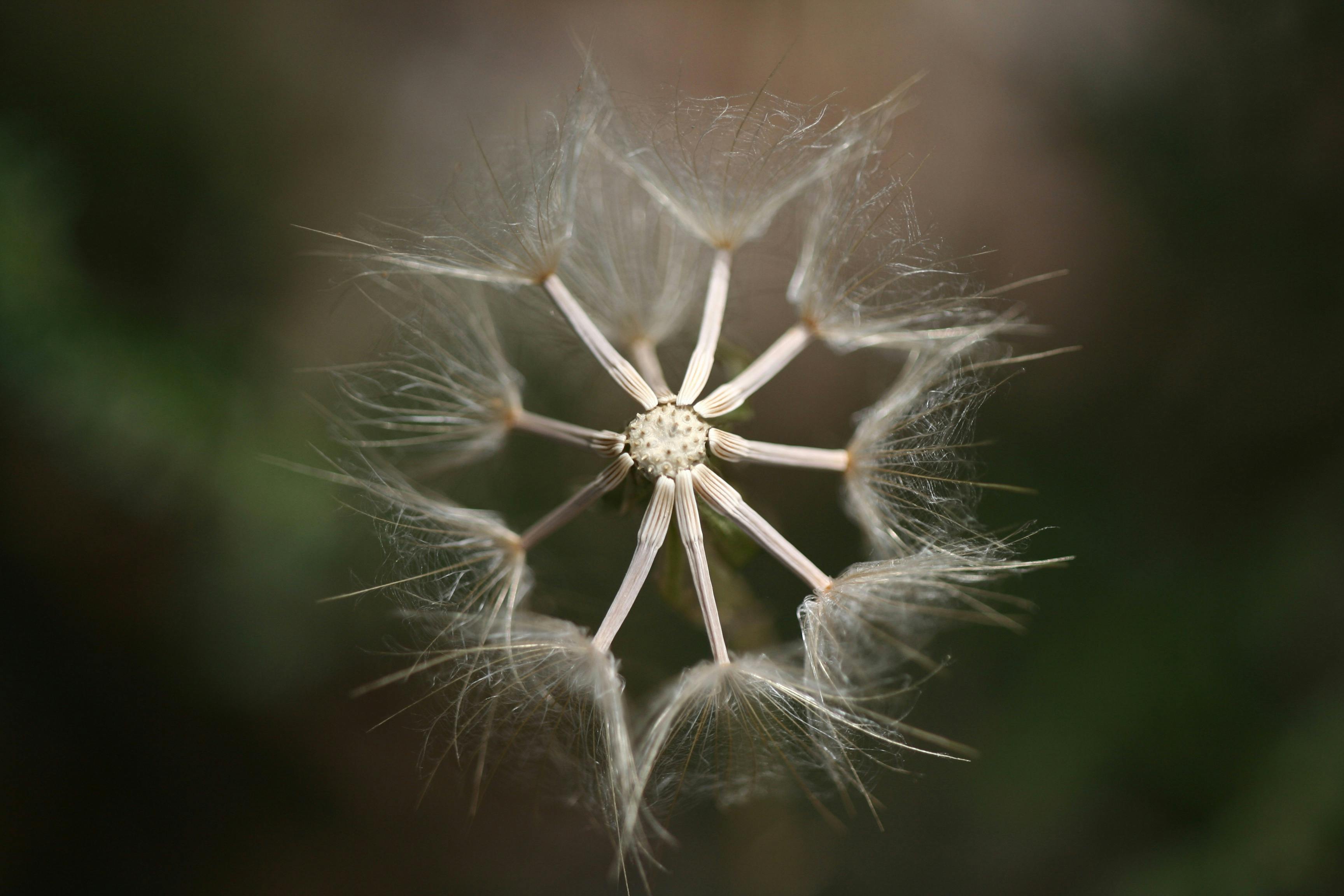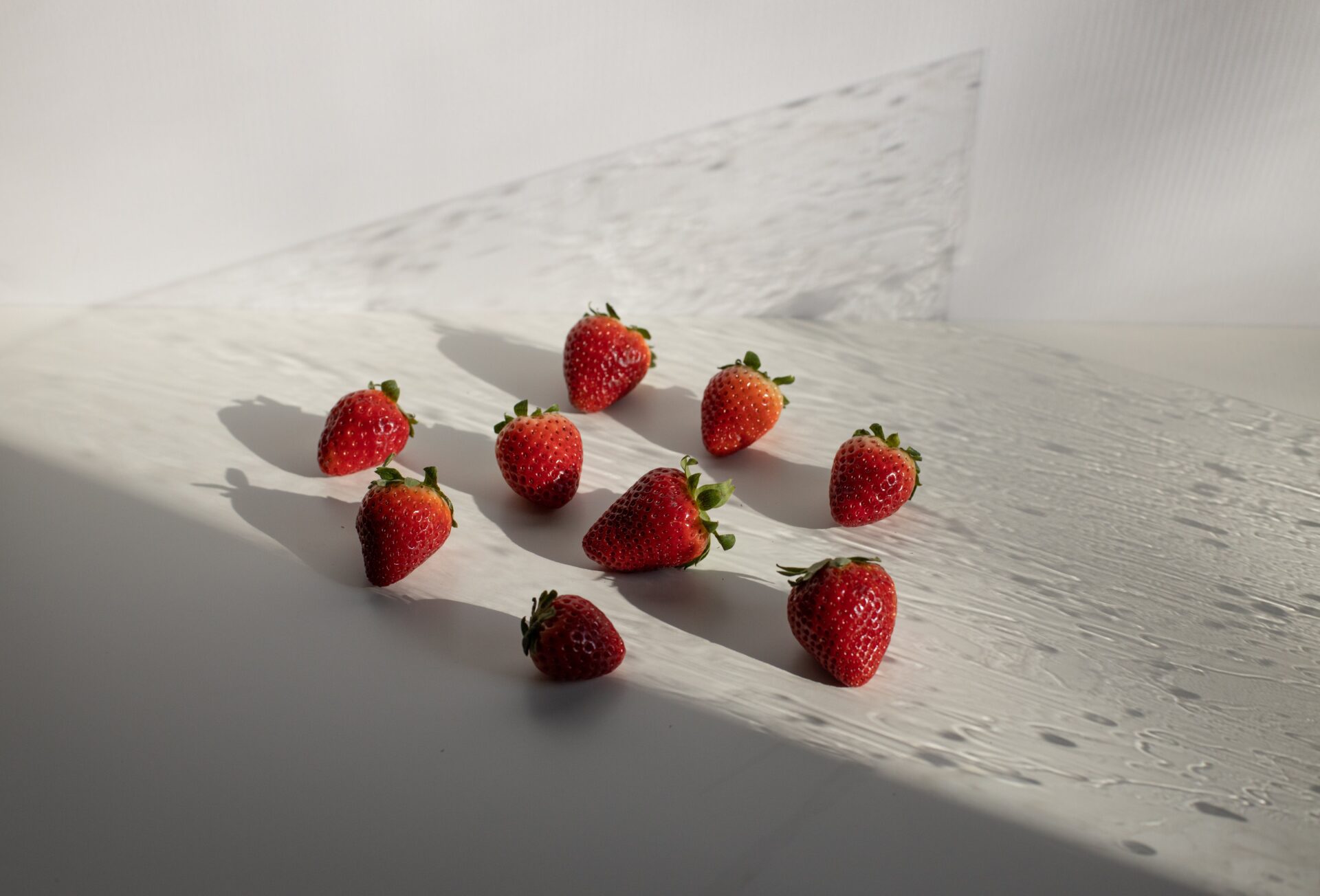Planting strawberry seeds outdoors is a fun and rewarding project that will produce delicious strawberries. With the right planning and preparation, your strawberry patch can be the envy of the neighborhood! In this guide, you will learn how to plan and prepare for planting your strawberry seeds outdoors and get your patch off to a great start.When choosing the right location to plant strawberry seeds outdoors, it is important to consider factors such as soil quality, sun exposure, and climate. Make sure the soil is well-draining, high in organic matter, and has a pH between 5.8-6.2. Additionally, strawberries require full sun for at least 6 hours per day, so choose an area that receives plenty of sunlight throughout the day. Lastly, strawberry plants can be successful in colder climates but prefer temperatures between 65-75 degrees Fahrenheit for optimal growth and production.
Preparing the Soil for Planting Strawberry Seeds Outdoors
It is important to prepare the soil prior to planting strawberry seeds outdoors. This will ensure that the plants are able to get the right amount of nutrients and water, and will also help keep weeds from taking over. The best way to prepare the soil is to till it up with a shovel or rototiller. This should be done about 8 inches deep so that all of the roots have enough room to grow. If you are in an area with heavy clay soil, it may be necessary to add some compost or peat moss to help loosen it up. After tilling, make sure to rake the soil smooth and remove any rocks or debris that may be present.
Once the soil is prepared, it is time to plant the strawberry seeds. Make sure you plant them according to the instructions on the packet, as each variety has different depth and spacing requirements. Planting them too deep can result in poor germination rates, so make sure they are planted at the right depth for best results. After planting, cover them lightly with soil and water well. Keep them moist until they begin to sprout, then reduce watering slightly until they become established.
Obtaining High-Quality Strawberry Seeds
Strawberry seeds are an important part of the farming process, as they are a key factor in determining the quality of the crop. Obtaining high-quality strawberry seeds is essential for any strawberry grower, as it will help to ensure that their crop produces a good yield. Fortunately, there are a number of ways to obtain high-quality strawberry seeds.
The most common way to obtain high-quality strawberry seeds is through purchasing them from reputable seed suppliers. These suppliers will typically offer a wide selection of varieties, and they will often provide detailed information about each variety’s characteristics. Additionally, they will be able to provide advice on the best types of strawberries to grow in your area and how to properly care for them. Before purchasing strawberry seeds from any supplier, be sure to read reviews or ask questions to ensure that you’re getting the best product possible.
Another option is to collect the seeds from existing plants. This can be done by hand or with machinery such as a de-strawberryer, which removes the seeds from the fruit without damaging them in any way. Collecting your own seeds can be time consuming, but it can also save money and provide you with access to varieties that may not be available through seed suppliers. However, it’s important to note that some varieties are more difficult to collect than others and may require more time and effort.
Finally, some growers may opt for growing their own strawberries from scratch using propagation methods such as layering or division. While this method requires more knowledge and effort on behalf of the grower, it can also produce higher quality fruits due to better control over growing conditions. Additionally, propagating your own strawberries from scratch allows you to experiment with different varieties without relying on seed suppliers.
In conclusion, there are a number of ways to obtain high-quality strawberry seeds. Purchasing them from reputable suppliers is often the easiest method, but collecting them yourself or propagating your own plants can also provide access to higher quality fruits and unique varieties not available through other sources. Ultimately, it’s up to you as a grower which method is best for your needs.
Planting the Strawberry Seeds Outdoors
Planting strawberry seeds outdoors is an easy and rewarding way to grow your own delicious strawberries. The best time to plant strawberry seeds is in the early spring, after any danger of frost has passed. You’ll need to prepare the soil for planting by ensuring it’s well tilled and free of weeds before planting the seeds. To do this, dig a shallow hole in a sunny area, about six inches deep and twelve inches wide. Make sure the soil is moist but not soggy.
Next, sprinkle a few strawberry seeds into the hole and cover lightly with soil. Keep the soil moist but not wet by watering it regularly, especially during dry periods. It can take up to three weeks for the seeds to germinate and start growing. Once they have sprouted, thin out any overcrowded seedlings so there’s enough space between them for good air circulation.
When your strawberry plants are established, you’ll need to provide them with regular care throughout their growing season. This includes fertilizing, weeding, mulching, and pruning off any dead or diseased leaves or stems as necessary. You should also ensure that your plants have plenty of water during hot summer months. At the end of each season, it’s important to cut back any remaining leaves and stems so that new growth can begin again in springtime.
Growing strawberries from seed may take some patience but can be very rewarding when done correctly! With proper care and maintenance, you’ll be able to enjoy sweet and juicy strawberries all summer long!
Watering and Fertilizing the New Strawberry Plants
Proper care and maintenance are essential for the health of your strawberry plants, and one of the most important things you can do is to water and fertilize them regularly. Watering your plants is important to keep them hydrated and healthy, but it’s also important to know when to water them and how much. Be sure to water early in the morning or in the evening, so that the water has a chance to soak into the soil before it evaporates in hot weather. Water deeply enough that the top inch of soil is moist, but be careful not to overwater. Too much water can cause root rot or other problems.
Fertilizer is another important part of keeping your strawberry plants healthy. Use a balanced fertilizer such as 10-10-10, applied at a rate of 1/2 cup per square foot every two weeks during the growing season. Be sure not to overfertilize as this can damage your plants. If you notice any yellowing or wilting leaves on your plants, reduce the amount of fertilizer you are using or switch to an organic fertilizer such as compost or manure tea.
These simple steps will help ensure that your strawberry plants stay healthy and productive for many years!

Making Sure There is Plenty of Sunlight for the Plants
Sunlight is essential for plants to grow and thrive. Without adequate sunlight, plants cannot produce the energy they need to survive and may even die. To ensure that your plants get enough sun, you should consider the amount of sun exposure in the area where the plants are located. The best way to do this is to observe how much direct sunlight falls on the area during different times of day. If possible, try to place your plants in an area that receives at least six hours of direct sunlight each day.
Another factor to consider when making sure your plants get enough sun is the type of plant you are growing. Different types of plants have different needs when it comes to sunlight exposure. For example, some plants need full sun while others prefer partial shade or indirect light. You should research the specific needs of your particular plant before deciding on where to place it in your garden or yard.
You can also use various tools and techniques to help make sure your plants get plenty of sun. If you live in an area with long winter days, you may need to supplement natural sunlight with artificial lighting such as grow lights or LED lights. You can also use reflective surfaces such as aluminum foil or white paint around the plant’s base to help increase light exposure. Additionally, if you are growing outdoor plants, you can prune surrounding trees and bushes so that they don’t block out too much of the sun’s rays from reaching your plants.
Overall, making sure that there is plenty of sunlight for your plants is essential for their health and growth. By considering factors such as location, type of plant, and supplemental lighting tools and techniques, you can ensure that your plants get all the sun they need so they can thrive and flourish!
Removing Weeds from Around the Strawberry Plants
Removing weeds from around your strawberry plants is an important step in ensuring that they remain healthy and productive. Weeds can quickly out-compete strawberries for nutrients, sunlight, and water, so it’s important to keep them at bay. Fortunately, there are a few simple steps you can take to make sure that your strawberries stay healthy and weed-free.
First, be sure to properly identify any weeds that appear in your strawberry patch. This will help you determine which type of weed control methods are most appropriate for your situation. Once you have identified the weeds, you can use a variety of methods to remove them from around the strawberry plants.
One popular method is to pull or hoe out the weeds by hand. This is a labor-intensive approach, but it can be effective for small patches of weeds. For larger patches of weeds, chemical herbicides may be more appropriate. Be sure to follow all safety instructions and precautions when using herbicides near edible plants like strawberries.
Mulching around the strawberry plants is another way to reduce weed growth in the area. Mulching helps to prevent sunlight from reaching any weed seeds that may have been brought into the garden by wind or animals, thereby preventing them from germinating and establishing themselves in the soil. Make sure to apply mulch with sufficient depth (2-4 inches) and keep it away from direct contact with the crowns of your strawberry plants as it can harbor disease organisms if applied too thickly there.
Finally, consider planting companion plants like garlic or chives near your strawberry patch as they can help repel some common garden pests like aphids and slugs that may feed on your crop or spread disease organisms throughout your garden beds. These companion plants will also provide beneficial nutrients and other compounds that may help keep weed growth down in these areas as well.
By taking these simple steps, you will be able to ensure that your strawberry patch remains healthy and productive for many years to come!
Protecting the Strawberry Plants from Insects and Pests
Strawberry plants can suffer from a variety of insects and pests that can cause significant damage to the plants. In order to protect the strawberry plants from these pests, there are several measures that can be taken. One of the most effective methods of pest control is to ensure that the plants are properly maintained and kept free from debris. This will help to reduce the number of pests that may be attracted to the plant.
It is also important to regularly inspect the plants for signs of pest infestation. If any signs are seen, then immediate action should be taken to remove or control them before they become a problem. Handpicking individual pests off of the plant is usually an effective way to control small numbers, while larger infestations may require more drastic measures such as chemical treatments or biological controls.
Another important step in protecting strawberry plants from insects and pests is to practice good garden hygiene. Keeping weeds cleared away from around the base of the plants will help reduce their presence in the area, as will removing any dead leaves or other debris that may provide shelter for them. Applying mulch around the base of plants can also help discourage some types of pests, such as slugs and snails.
Finally, it is important to keep an eye out for any new pests or diseases that may appear in your garden over time. Taking proactive steps such as monitoring for signs of disease or insect activity can help prevent larger problems before they become unmanageable. With proper maintenance and careful monitoring, it is possible to keep strawberry plants healthy and protected against insect and pest damage.

Conclusion
Planting strawberry seeds outdoors is a rewarding experience. Following the right steps will ensure your plants have the best chance of success. First, choose the right location and prepare the soil. Then, sow your seeds and keep them evenly moist as they germinate. Finally, thin out your seedlings once they reach a few inches in height and watch them grow! With proper planning and care, you can enjoy a bountiful harvest of sweet strawberries year after year.
Growing strawberries from seed is an easy and enjoyable process that can bring you delicious fruits in no time. With just a few simple steps, you can grow your own strawberry patch outdoors with ease!



